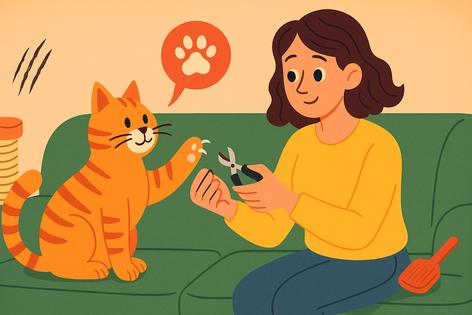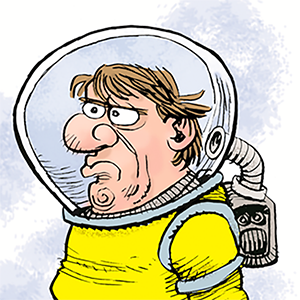Dealing with your house cat's claws
Published in Cats & Dogs News
Taking care of a house cat’s claws is an important part of keeping both your pet and your home comfortable and safe. Although indoor cats don’t need their claws for hunting like their wild relatives, they still rely on them for balance, stretching, climbing, and playing. Claws are also a natural way for cats to express their instincts and mark their territory.
One of the most effective ways to manage your cat’s claws is by trimming them regularly. Overgrown claws can curl under and become painful, and sharp nails can leave scratches on furniture, skin, and even other pets. Trimming should be done carefully, using proper cat nail clippers. It's important to gently press your cat’s paw to extend the claw and trim only the very tip. The pink area near the base of the claw, called the quick, contains nerves and blood vessels and should be avoided. If your cat is nervous or wiggly, it may help to trim just a few claws at a time and take breaks. Patience, calm handling, and treats can make this routine easier over time.
Cats naturally scratch to stretch their muscles, sharpen their claws, and leave scent markings. Rather than trying to stop your cat from scratching entirely, it’s better to guide the behavior to acceptable places. A sturdy scratching post, a cardboard scratcher, or a sisal-covered pole can all help satisfy this instinct. Place scratching surfaces in areas your cat already likes to use, and praise or reward them for using these items instead of furniture or carpet. If needed, a sprinkle of catnip or some interactive play near the post can help spark interest.
Some people ask about declawing, but it’s important to know that declawing is a major surgery that removes part of the cat’s toe and can lead to long-term pain or behavior issues. Most veterinarians and animal welfare groups strongly discourage it. Clipping claws, providing scratching posts, and understanding your cat’s behavior are much safer and more humane solutions.
By paying attention to your cat’s claws, you can help them stay healthy, avoid problems, and live more happily in your home. A little care goes a long way in keeping both paws and people happy.
========
This article was created, in part, with AI tools.









Comments